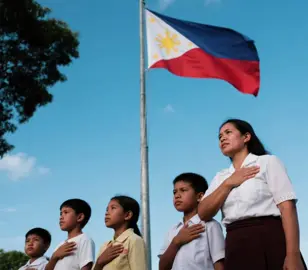Kmn lyrics 🥳🎉
Region: SN
Monday 01 September 2025 00:23:33 GMT
604
140
2
1
Music
Download
Comments
buegue fallou :
♥️♥️♥️
2025-09-01 13:36:46
1
sokhna amy dieng :
❤❤❤
2025-09-01 11:58:19
1
To see more videos from user @kmnvidx, please go to the Tikwm
homepage.






